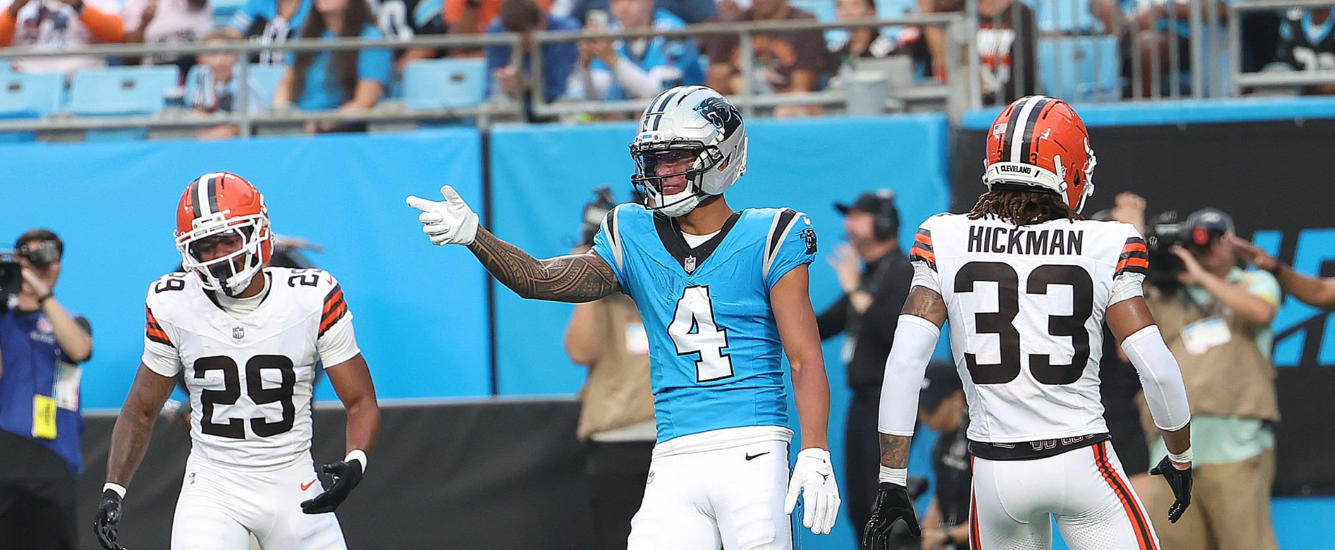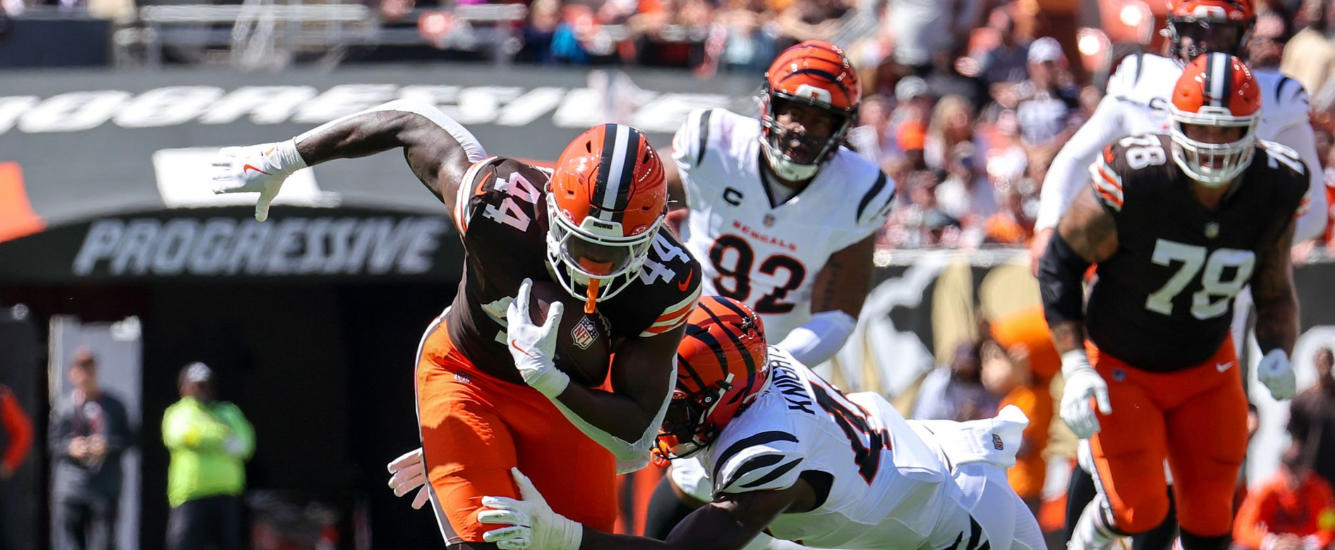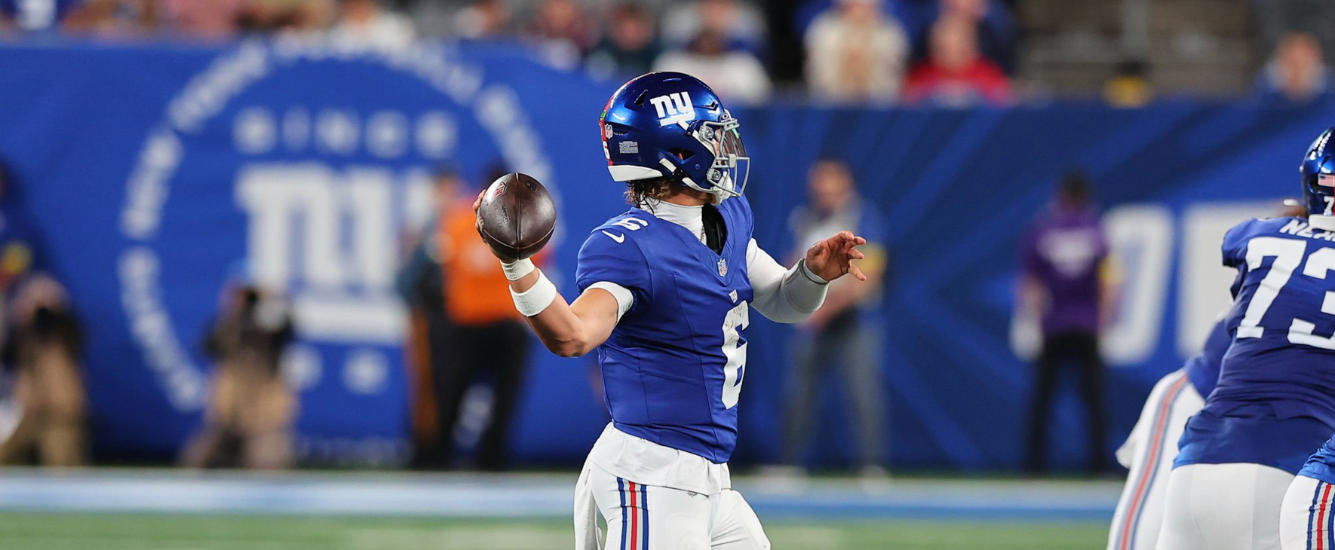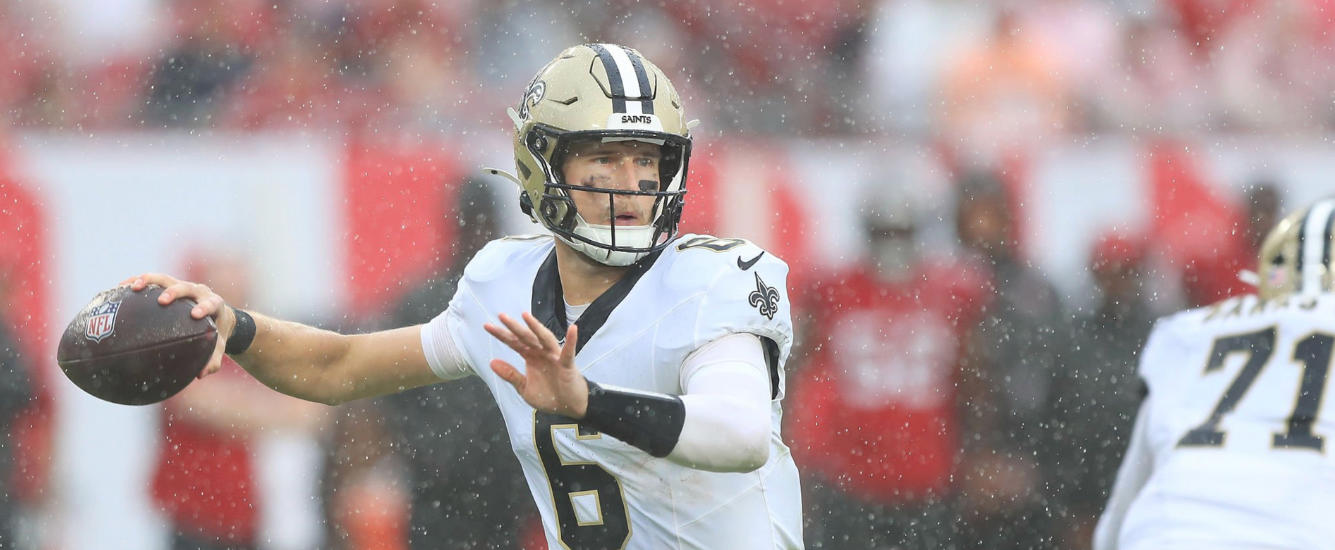The Wrong Read has had many lives — first as a reflection on insights from the RotoViz podcasts; then as a freeform space for exploring a variety of metrics and strategies. It will likely continue in that latter function, but at least for now — in season — it’s an in-depth matchup lookahead article.
Each week I’ll gather advanced stats from our tools — mainly the Advanced Team Stat Explorer — to paint a picture of the upcoming week and offer some thoughts on how the games might unfold. My interest is in how the games will impact fantasy teams, and as such I’m looking mainly at the metrics that I think can help us predict how different teams and players will (or won’t) score fantasy points.
This week I’m making one small change to the methodology. Rather than include the entire season in the data below, I’m looking back only eight weeks. This gives enough of a sample that we can (mostly) avoid the biggest negative impacts of the randomness of the NFL schedule. At the same time, it enables us to properly account for various changes that teams have made since the beginning of the season, either in personnel or philosophy.
Don’t miss coverage of the early Sunday games in Part 1.
Minnesota Vikings at Las Vegas Raiders

- Justin Jefferson is set to return to the lineup against a middling Raiders’ defense. While Las Vegas is No. 6 in passing boom rate allowed, they are just 18th in passing game FPOE allowed. No team plays looser coverage against opposing WRs.
- Despite strong peripherals against the run game, the Raiders are No. 26 in rushing success rate allowed. While Jefferson has to be in your lineup, there are good reasons for Minnesota to give some extra carries to their running backs.
- On the other hand, Minnesota ranks just 25th in rushing success rate and 26th in EPA per rush attempt. While the Raiders are the worst team in yards before contact allowed, the Vikings are the worst team in yards before contact generated.
- Minnesota’s defense has been strong in both phases. Only one team allows a lower passing boom rate. Only two allow less EPA per rush attempt. They are top six in both passing game FPOE allowed and rushing FPOE allowed.
- The Raiders, meanwhile, field one of the weaker rushing attacks in the NFL. All but two teams average more EPA per rush attempt, and no team is worse at turning carries into big plays.
- While they might be better off from a reality perspective attacking through the air (they are around league average in passing boom rate), they are still more efficient from a fantasy perspective in the run game. The Vikings’ run defense isn’t particularly good at limiting opponent yards after contact, and is just average at limiting opponent success rate.
- Josh Jacobs is in the midst of arguably the worst season of his career, but still leads the position in total opportunities. He’s also produced above expectation in three of his last five games.

Seattle Seahawks at San Francisco 49ers

- The 49ers have the most efficient passing attack in fantasy terms, producing over 20 fantasy points over expectation. They are also No. 2 or No. 3 in every EPA-based passing metric.
- While the Seahawks are above average at limiting passing game fantasy efficiency, they rank just 27th in passing success rate allowed, and 25th in passing boom rate allowed. It’s unlikely they will be able to slow down San Francisco through the air.
- On the other hand, it’s also unlikely they will be able to slow down San Francisco on the ground. The 49ers are a top-eight team in every advanced metric above except yards after contact. But the Seahawks allow more yards after contact per carry than any other team, so even this relative weakness is likely to work in San Francisco’s favor. Seattle is also No. 30 in evasion rate allowed and No. 27 in EPA allowed per attempt. Christian McCaffrey will have plenty of room to run.
- In terms of EPA and related metrics, the 49ers are easier to beat on the ground. They rank 21st in rushing EPA allowed and 25th in rushing boom rate allowed. Yet they’ve also faced fewer rushing attempts than all but one team. This is largely because of how effective the 49ers’ offense has been. Most teams are playing catchup for much of the game.
- This is likely to be the case this week as well — San Francisco is favored by 13 points. We likely see an increase in pass attempts for Seattle, which takes some of the air out of a potential return for Kenneth Walker. Both he and Zach Charbonnet are listed as questionable, but there is some optimism that at least Charbonnet will be able to play. In any event, the Seahawks may not be able to afford to give many carries to their backs.
- Jaxon Smith-Njigba had a career-high 11 targets last week, although it was his third game with at least a 28% share of targets. With only 8.5 intended air yards per target, Smith-Njigba was operating as a safety valve for Geno Smith, which helps to explain the high target count, and also explains to some extent why Smith-Njigba underperformed expectation. Whatever the case may be, he’s clearly earned Smith’s trust, and we’ll likely see him continue to earn a target share that competes with D.K. Metcalf and Tyler Lockett. The two veterans still ran more routes than the rookie in Week 13, but were used much further down the field, and don’t offer the same opportunity for the Seahawks to pick up short completions.
- Of course, Smith’s groin injury throws the entire Seattle game plan into chaos.


















